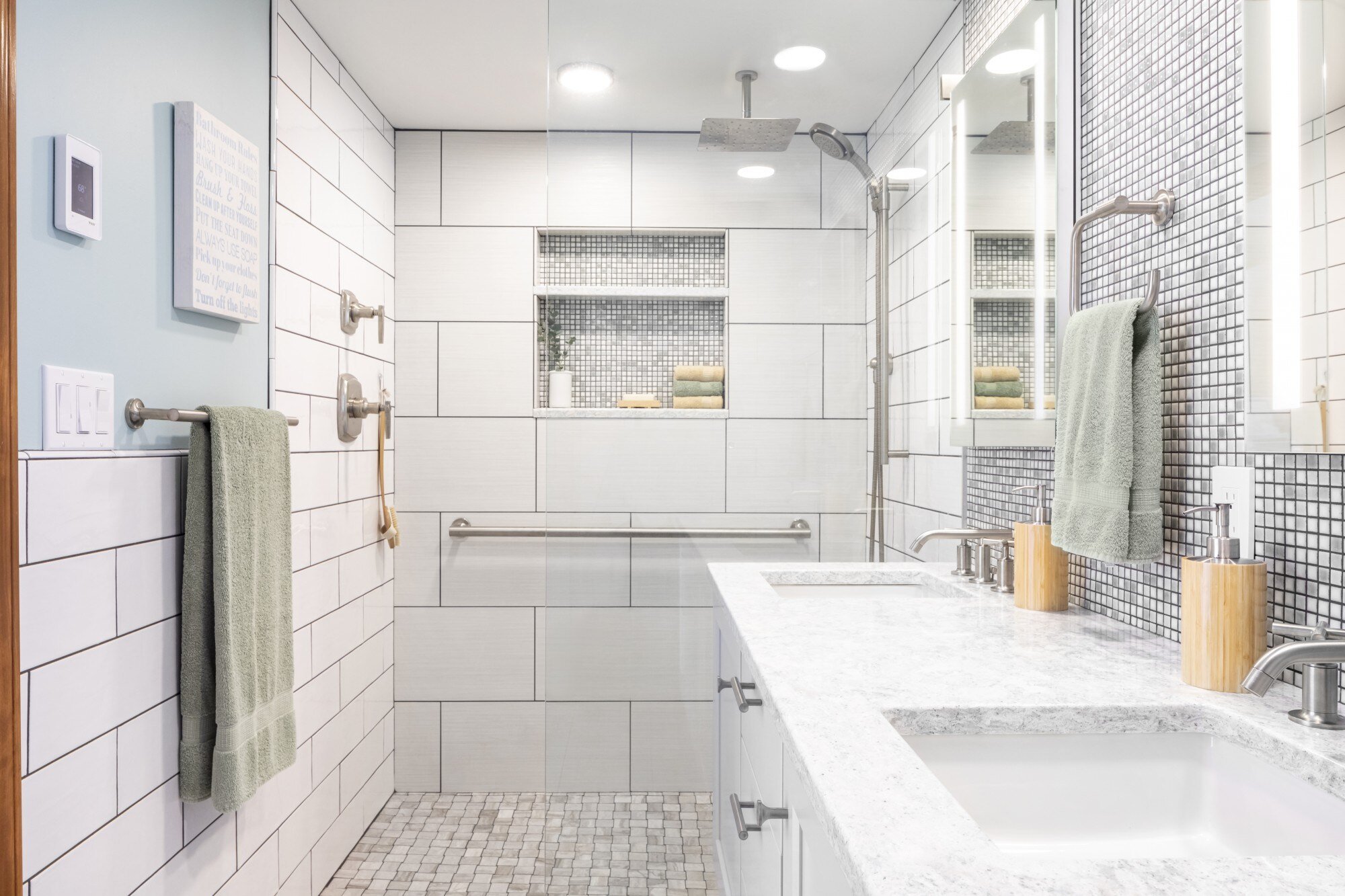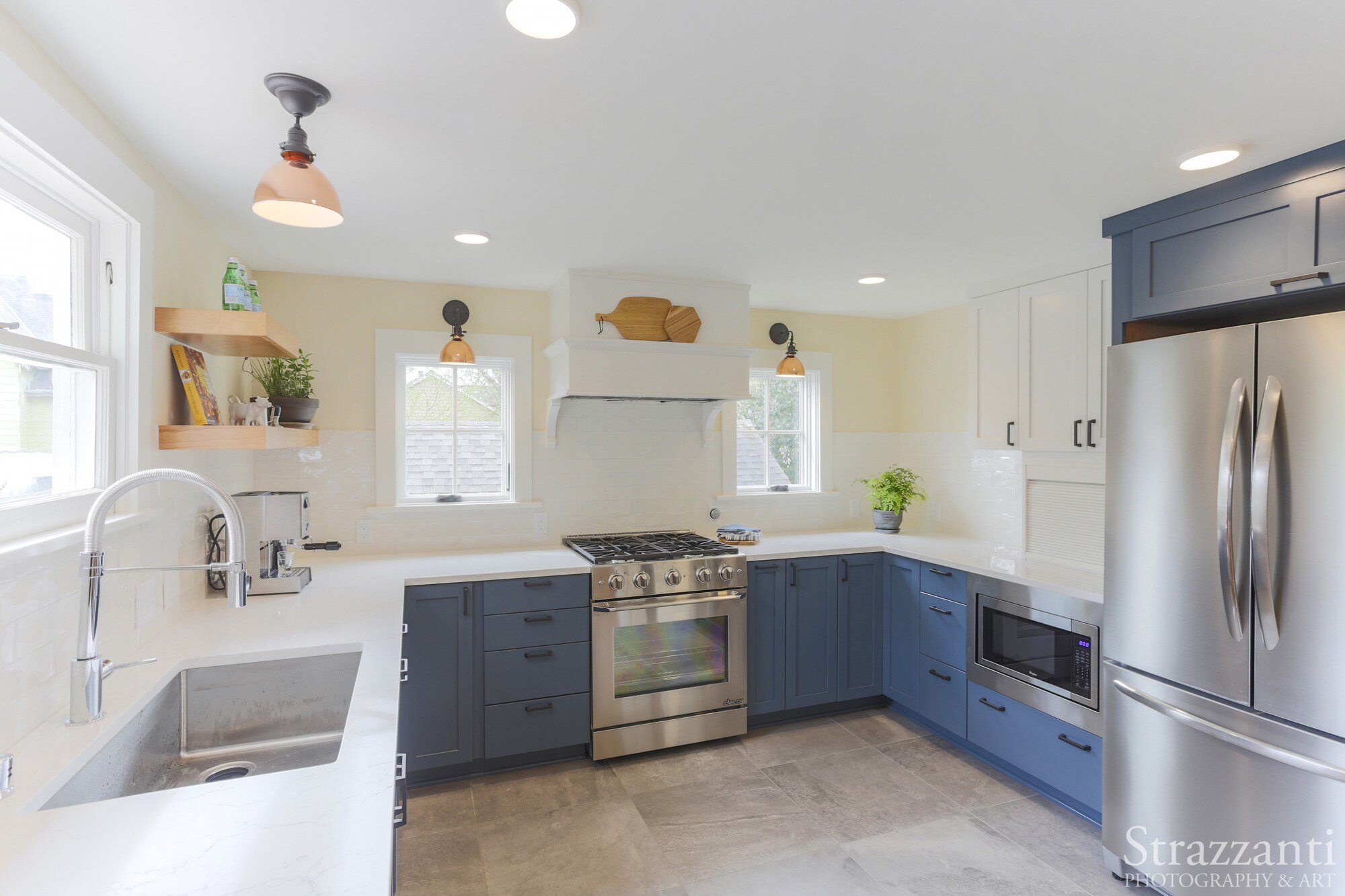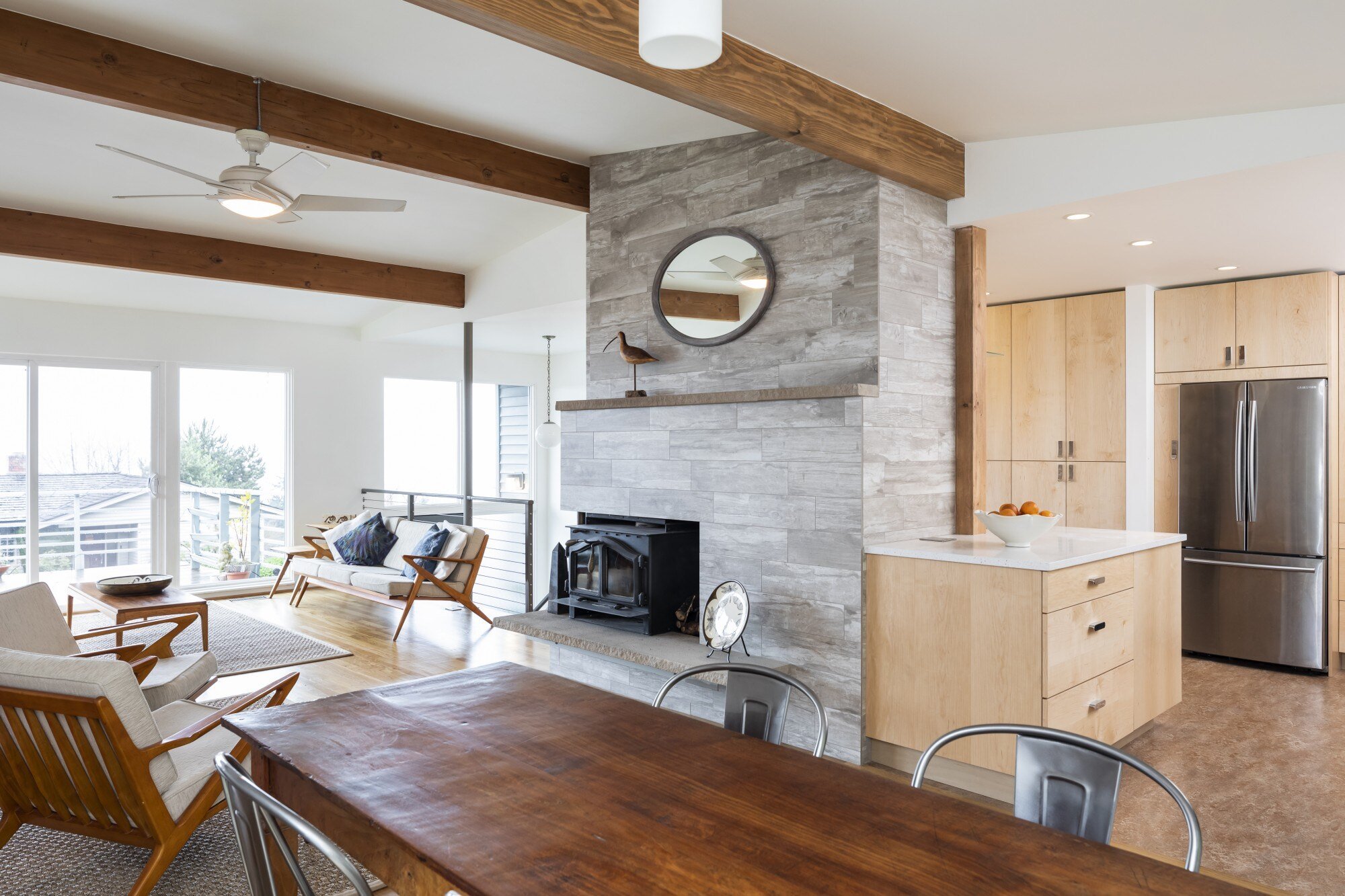Seattle-based Universal Design & Green Building experts
Pathway is a full-service home remodeling company that uses green building materials to create highly functional living spaces. We leverage smart design and eco-friendly, wellness-conscious practices to build your healthy home.
Our passion for Universal Design principles ensures that we are creating homes that are more than just beautiful: they're also designed to be functional, comfortable, and safe for the families who live in them.
Start Your Home Remodel Project
Let's start by talking about your vision and establishing what you want to accomplish with your remodel. Regardless of whether you are remodeling one room or your entire house, your home should be a friendly space that is easy to maintain over the course of your lifetime. Rest easy knowing that your renovation is being handled by a green builder with a penchant for sustainable construction and Universal Design.
Aging in Place
We focus on creating spaces with features designed to accommodate your changing lifestyle. No matter what phase you’re in, we'll be with you to make sure you can keep living in your own home for as long as possible. As a Certified Aging in Place Specialist (CAPS), we use unique Aging in Place design approaches to provide your home with beauty and functionality.
Green Building
We'll help you build or renovate a home that works for your family and the environment. Imagine a space that is beautiful, inviting, energy efficient and eco-friendly in every sense of the word! Our team of green builders have the expertise you need to make your eco-friendly home remodel dreams a reality.
Healthy Home Remodeling
We go above and beyond to make environmental friendliness a core part of our business. We focus on using materials that are sustainably sourced and eco-friendly, eliminating the use of toxic chemicals and ensuring that our team of experts takes the necessary steps to be respectful of their work environment - and your home.
WHERE WE WORK
At Pathway Design & Construction, we are proud to serve the vibrant communities in and around Seattle, delivering exceptional home remodels that combine sustainable practices with timeless craftsmanship. Our mission is to transform your space into a home that reflects your lifestyle and values.
If your city isn’t listed, don’t hesitate to reach out — we’d be thrilled to discuss how we can bring your vision to life.
OUR SERVICE AREA
- Seattle
- Bellevue
- Kirkland
- Issaquah
- Redmond
- Burien
- Normandy Park
- Maple Valley
- Black Diamond
- Renton
- Shoreline
Testimonials
After having several remodels on my home by a different contractor who retired, I gave Pathway Design & Construction a try when I needed my kitchen and deck remodeled. The overall experience with Pathway was outstanding. They were extremely receptive of my feedback and went out of their way to resolve any issue that I brought to their attention. The quality of their work and craftsmanship was excellent. There was always good communication from the initial planning stages to the final project review. I would definitely recommend them to my friends and family.
-Srdjan
The entire Pathways team exceeded our expectations at every turn. Not only were they easy and fun to work with; each member of the team knew their stuff, was prompt and courteous and delivered high-quality products.
-Ann
Pathway's level of care and communication exceeded our expectations. They maintained a clean job site and respectful schedule so we could live at home during a very extensive project, meeting with us every morning to check in and ask questions. We trusted them to make good recommendations on materials and methods, and when we wanted to do a part of the project ourselves, they left instructions and lent us tools. We were additionally impressed by the way they maintained relationships with our neighbors. When we wrapped up the project, they brought us a binder of all the related subcontractors, warranties, and contracts. We loved working with them and would highly recommend Pathway for any sized project.
-Anna
Pathway was on time, on budget, and on schedule. They proactively helped us resolve all those difficult design decisions and helped us source the appropriate materials to meet our design, budget and eco-friendly aspirations. After hearing many horror stories our renovation was fast and relatively painless. We would strongly recommend them.










